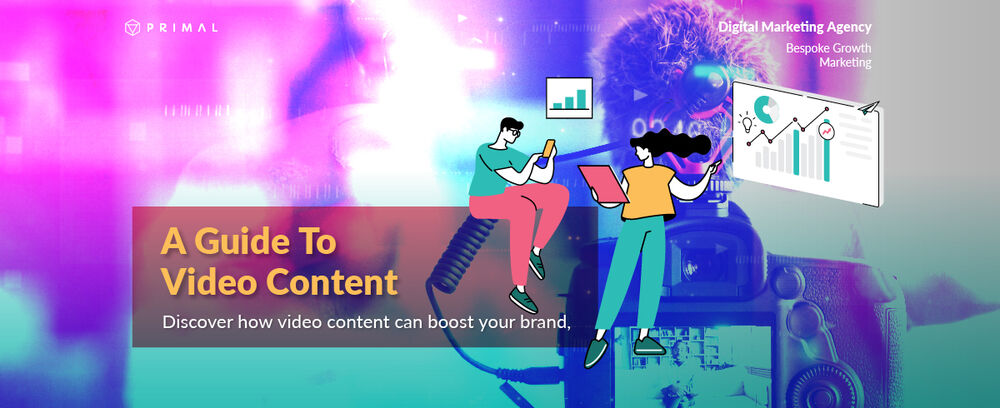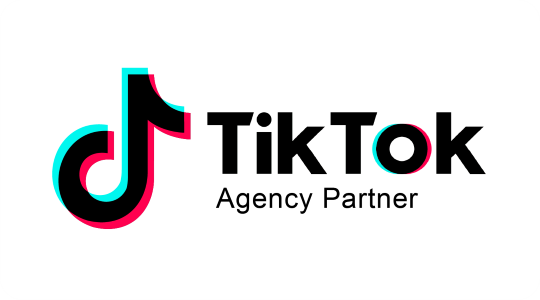What exactly is video content? And how can businesses use it?
Video content is one of the best methods for presenting content in an easy to understand way. It can be used for entertainment purposes, sharing knowledge, offering products or services, or publicising information on various topics. Video content is classified according to the content or platform on which the content appears.
Table of Contents
What is video content?
To fully understand the term, we have to separate the two words:
Video: Media in the form of moving visual images, often accompanied by sound.
Content: This can be images, audio, text, video, podcasts and much more. It’s anything created with the objective of achieving a certain outcome. The objective can be as simple as bringing the audience pleasure or happiness.
Therefore, video content is any content you create in video form to achieve a certain goal.

Why is video content popular?
With a book, you can read the content but not see or hear it. Sounds allow you to hear something but not see it. Images allow you to see what is visible but not experience it through sound. However, video content can satisfy all the senses because you can watch the visuals, hear the sounds, and understand the story the content owner is trying to convey.
Access to devices and tech has played a big part in the rise of video content. If we go back 10-15 years, you needed a large budget and expensive equipment to create any video content because your average camera couldn’t record video. Mobile phone cameras were not of very high quality, and there were almost no platforms where people could share video content. As for the internet, general users were still limited to a small group of people who had access.
This is entirely different from today, where everyone has a video camera on their smartphone and a good quality camera too. Platforms now support a wide variety of video content giving people access to it on any device.

Which platform is suitable for each type of video content?
Longer videos (8-15 minutes)
Facebook (focusses on video summaries)
YouTube (more stable for longer video clips)
Shorter videos (15-60 seconds)
TikTok (Maximum length is 180 seconds)
Reels (Maximum length is 60 seconds)
YouTube Shorts (Maximum length is 60 seconds)
Even though video content is the most popular form of content today, the most important thing is not which platform you choose to put your video on. If you create an engaging video, people will be interested no matter which platform you use. It’s more important to focus on the content and the context to ensure that it benefits viewers in one way or another.





















Join the discussion - 0 Comment